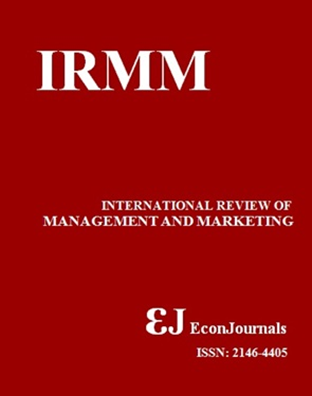Mediating Role of Work Engagement on the Relationship between Person-Job Fit and Employees' Retention: Evidence from Semiconductor Companies in Northern Region of Malaysia
Abstract
Retaining employees has become an important issue for the companies, especially retaining knowledge and skilled workers. Knowledgeable and skilled workers, such as engineers have received great demands due to advanced technology used in industrial sector. Battling competition among companies in getting skilled engineers may disrupt the process of retaining skilled engineer. Thus, this study intends to identify factors used to increase employees' retention. Specifically, this study examines the plausible mediation effect of work engagement on the relationship between person-job (PJ) fit and employees' retention. The study was conducted among 268 engineers in semiconductor companies in Northern Region of Malaysia. A quantitative method was employed and data was collected through questionnaires among engineers. Data was further analyzed using Structural Equation Modeling (SEM). The study reported that PJ fit directly impacted employees' retention and work engagement. Findings also confirmed the effect of work engagement as a mediating variable in the relationship between PJ fit and employees' retention. This study provided support on the individual factors, specifically PJ fit and work engagement as important factors in retaining employees, particularly engineers.Keywords: Person-Job Fit, Work Engagement, Employees' RetentionJEL Classifications: J23, L2Downloads
Published
2016-10-07
How to Cite
Hamid, S. N. A., & Yahya, K. K. (2016). Mediating Role of Work Engagement on the Relationship between Person-Job Fit and Employees’ Retention: Evidence from Semiconductor Companies in Northern Region of Malaysia. International Review of Management and Marketing, 6(7S), 187–194. Retrieved from https://econjournals.com/index.php/irmm/article/view/3251
Issue
Section
Articles




